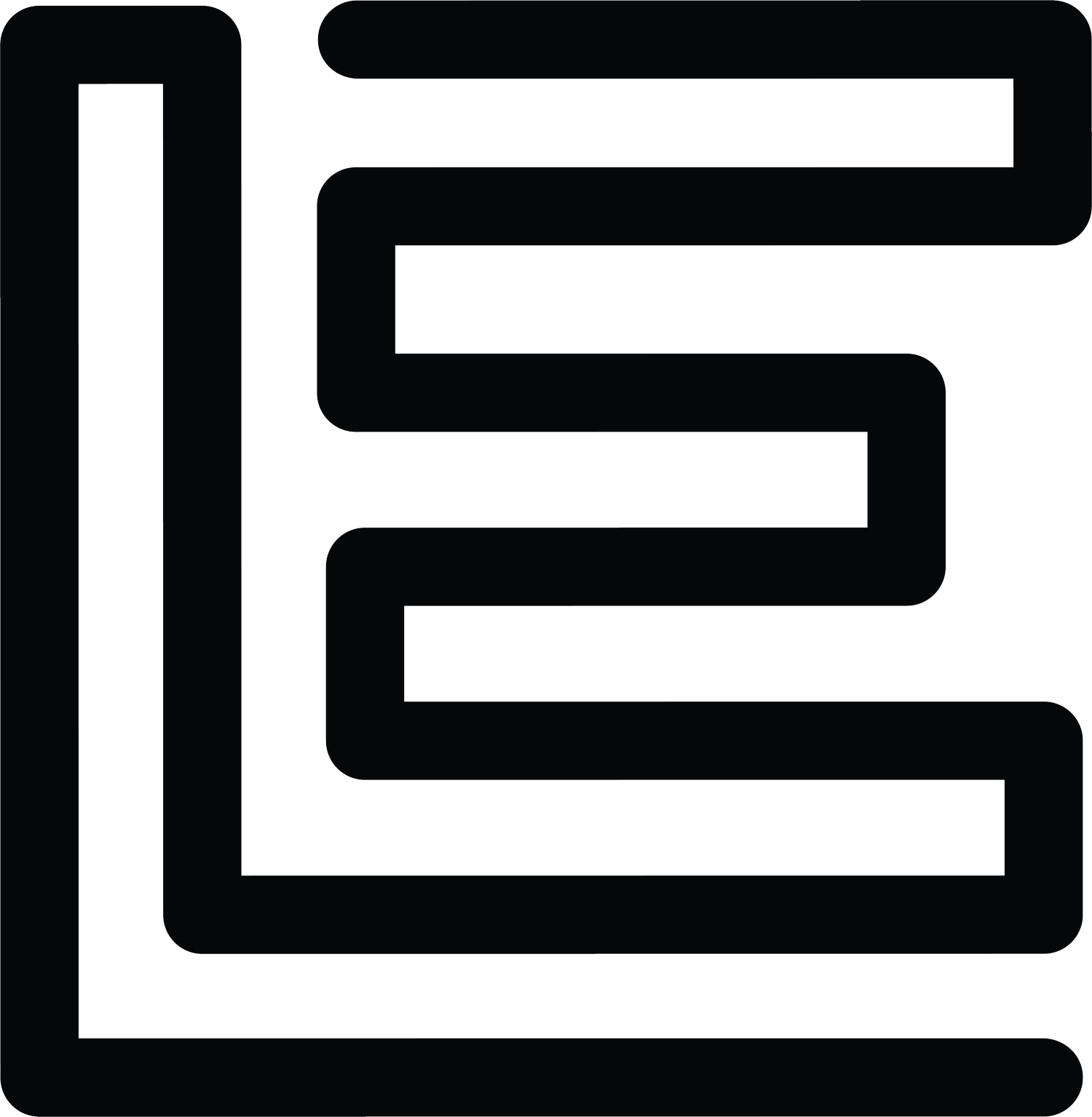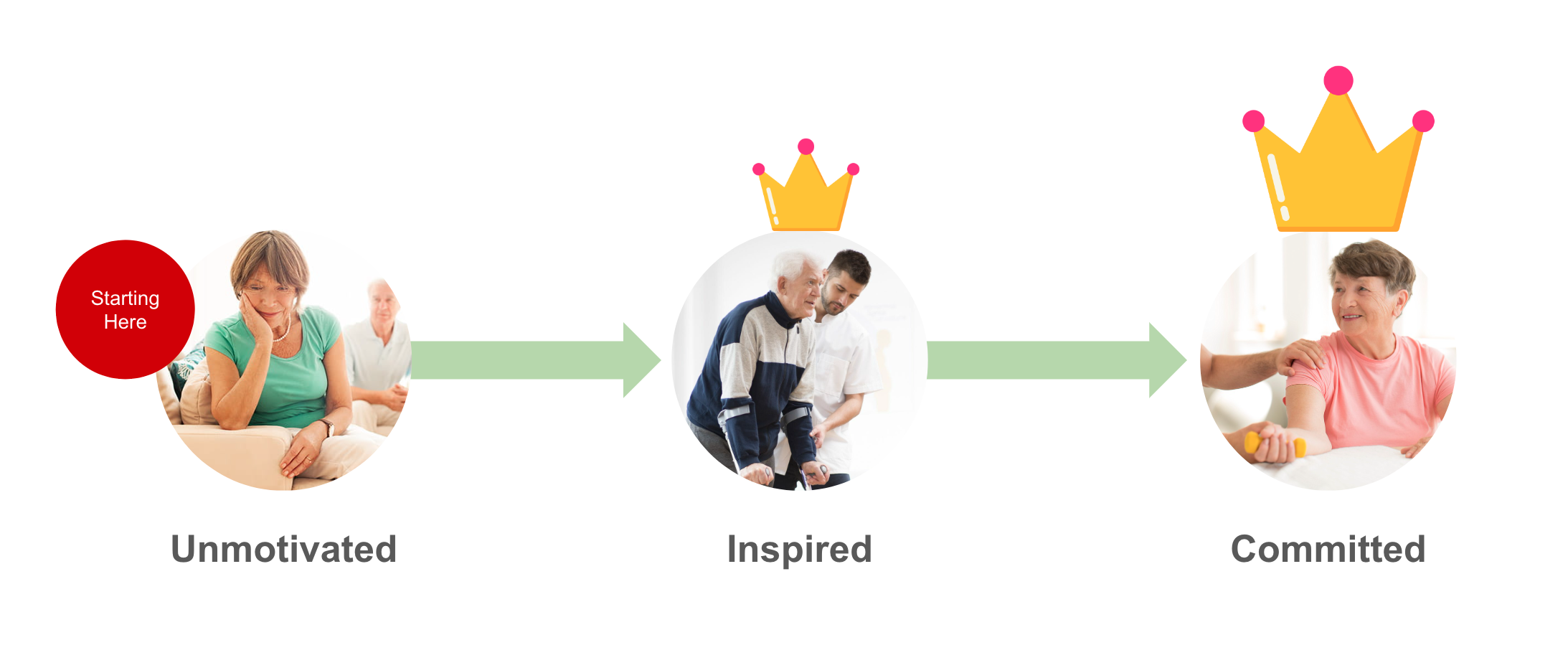Healing Hand Technology
Stroke rehabilitation methods are costly and repetitive, leading to logistical challenges, high dropouts, and suboptimal recovery outcomes.
The Goal
As a UX Researcher, my goal was to help build an internal research process for HealingHand Tech with the goal of providing actionable steps to design and test key features before product release.
The Results
The product include several moving parts that integrate with existing inpatient and insurance programs in the United States. I’m responsible for helping establish foundational research on the patient side following treatment at-home. Team is currently testing the degree of gamification expected by stroke patients.

What strategies can help demotivated stroke patients engage more in the first 6-months of rehabilitation?
The Challenge
Business Problem
Stroke patients are uniquely vulnerable due to their unfortunately circumstances associated with a lost of identity and self-worth. Stroke therapy at-home programs MUST be considerate of the need for patients to regain personal autonomy while finding an engaging model that encourages more commitment and faster recovery.
Customer Problem
Unmotivated stroke patients often lack engagement in their rehabilitation, feeling overwhelmed or hopeless about recovery. They may resist therapy, participate minimally in exercises, and show little interest in setting goals. Their emotional state can significantly hinder progress, highlighting the need for healthcare providers to address the factors affecting their motivation.
Inpatient Departure to At-Home Treatment
Device Prototype
Patients will be provided with a at-home device designed to measure progress to enhance personalization.
Research Process
Based on interviews with stroke patients—many are open to the idea of gamification but remain skeptical in its application to provide more motivation during at-home recovery.
Hexad User Types remains the best model to measure the perceived motivation of user types for the gamification of this health app. The team will start their research from this perspective.
With the help of two other researchers, we initiated our discovery with a general User Survey [Prolific] to understand the current landscape around stroke patients and their immediate needs.
The survey helped the team start an email list of stroke patients interested in learning about our product. However, this was just the beginning. To gather further insights, the team conducted stakeholder interviews, patient interviews, and usability testing with our current prototype. For this study, the team interviewed over 9 stroke patients and surveyed more than 40 others affected by stroke.
In support of validating gamification elements used specificallly to increase motivation, we conducted additional secondary research to validate working with existing behavior models such as HEXAD type model.
Demographic Spectrum
-
Patients have lost their identity and is prone to depression with feelings of frustration and hopelessness.
-
Patients are willing to participate actively because they see incremental progress.
-
Highly engaged and proactive in their recovery process. Maybe considered an inspiring leader for others to emulate.
Unmotivated Patients
Unmotivated stroke patients often lack engagement in their rehabilitation, feeling overwhelmed or hopeless about recovery. They may resist therapy, participate minimally in exercises, and show little interest in setting goals. Their emotional state can significantly hinder progress, highlighting the need for healthcare providers to address the factors affecting their motivation.
HEXAD Model for player motivation
Philanthropist — Motivated by “purpose”
Socialized — Motivated by “relatedness”
Free Spirits — Motivated by “autonomy”
Achiever — Motivated by “competence”
Player — Motivated by “rewards”
Disruptors — Motivated by “change”
Disclaimer:
Stroke Patients vary differently from gamers. Hexad is only used to help identify motivational mechanics for patients in recovery.**Survey Results
Key Insights Findings
Measured to Everyday Movements
Games should be based on everyday moves, mimicking everyday tasks: Brushing teeth, combing hair, buttoning up shirt, opening a door, etc.
Long & Short-Term Combined Movements
Create a hierarchy of movements starting with short term small movements (holding or extending) into larger movements (writing, opening door).
Progress Tracking & Therapist Support
In order to make a comprehensive treatment, therapist and patients both monitor their progress with a client portal and calendar to record the health metrics such as range of motion, speed, fatigue, pain, etc.
Health-Focused with Companion Support
Many stroke patients need additional support following the end of their inpatient experience. A digital assistant intends to keep user motivated and provide support at-home.
Rewards System & Motivational Mechanics
Many health applications are already using gaming mechanics to bring back customers. Inspired by these same mechanics, the goal is to create a similar method to encourage stroke patients to invest in their recovery.
DIY Educational & Emotional Support
Following the end of most stroke programs, many patients still need assistance with fully adjusting back to society. They need additional educational resources and emotional support moving forward.
End-To-End Program Experience
Health-Focused for First Time Product Users
Features to Explore:• Pain Reports/BCT
• Calendar Events
• Chat & Instant Message
• Health Monitor & Progress
• Companion Support
Motivation-Focused for Return Users
Features to Explore:• Player Questionnaire
• Patient feedback loop
• Story Narrative
• Player Type: Specific Feature**
• Setting Goals/Milestones
Clinical Feedback Emotional Evaluation
Features to Explore:• Player Achievements/Rewards
• External Health Benefits
• Educational DIY Resources
• Mental Health Recommendations
• Long-Term Provider Check In
Project Retrospective
Business Impact
Healing Hand Tech has taken measures to fully integrate artist, gaming developers and designers to envision the patient experience. At the moment, not enough research was conducted to determine the degree of “gamification” necessary for individual patients. A large effort has shifting towards understanding the underlying motivation of different player types and how to better motivate them during their at-home treatment.
Ongoing Challenges
Limited sponsors and funding has made recruiting for stroke patients difficult, while exploring too many ideas has stagnated the experience with not enough focus on validation between ideas and key features pertaining to motivational metrics. The challenge remains fixed around creating an entirely new health and gaming experience that needs further proof of concept and validation with real patients.
What’s Next?
As the game test build upon existing internal games, the UX Design Team is focused on testing new features with low-fidelity prototypes while validating core mechanics through Usability Testing. The health application features will be mandatory regardless of the gaming experience.
Patients are expecting a health focused mindset first and only consider the game to be of secondary importance based on the current research..



